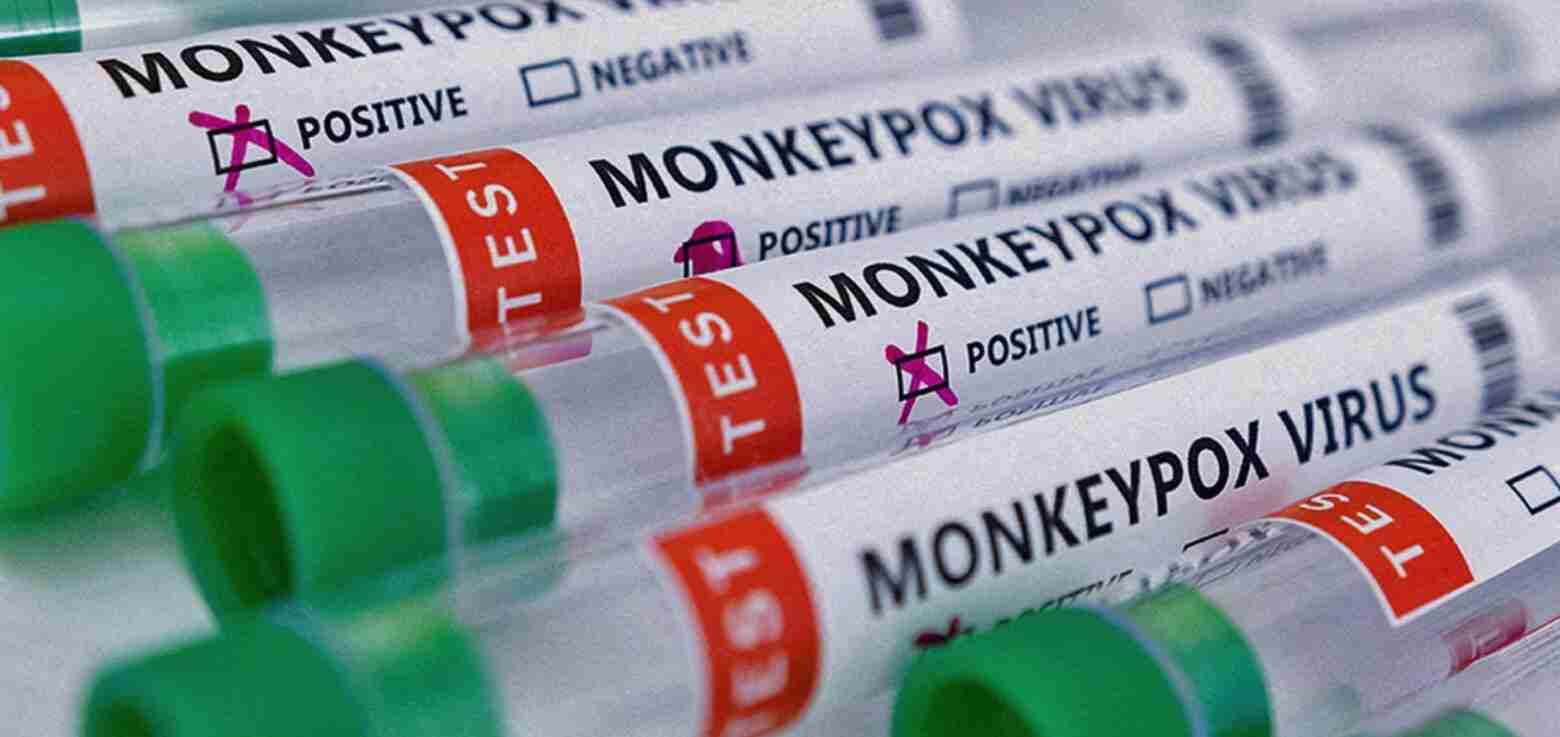Global Trends in Monkeypox: A Call for Global Unity and Equity
The monkeypox virus, first identified in 1958, is a zoonotic viral infection that can infect humans and other animals. This year, it drew attention from the world as reports of monkeypox cases increased.
The monkeypox virus, first identified in 1958, is a zoonotic viral infection that can infect humans and other animals. This year, it drew attention from the world as reports of monkeypox cases increased.
The World Health Organization declared the outbreak of monkeypox as a Public Health Emergency of International Concern (PHEIC). Ten countries account for over 88% of cases, mostly in males aged between 30-43 years.
In the last week of August 2022, global monkeypox infections decreased by over 20%. European countries reported over 20,000 cases of monkeypox, including two deaths in Spain, and the U.S. accounts for over 30% of all the global cases, with over 18,000 infections reported.
Latin America has seen a rapid rise in cases, due to lack of awareness and insufficient availability of vaccines, with Peru having the third-highest rate of monkeypox infections per million inhabitants.
The WHO has laid down the process of naming different variants of the virus. The monkeypox virus variant formerly known as the Congo Basin or Central African clade will be denoted as Clade I, and the former West African variant – the main circulating clade in the current outbreak – will be denoted as Clade II, with two subclades: Clade IIa and IIb.
The present outbreak, while calling for global unity and co-operation, has unfortunately also put global issues to test. The lack of vaccines in Africa, despite the frenzy by rich governments to corner a larger proportion, puts into question the sincerity in efforts for global health and equity.
We should keep in mind that nobody is safe until everyone is, as we look forward to fighting more outbreaks in the future.




